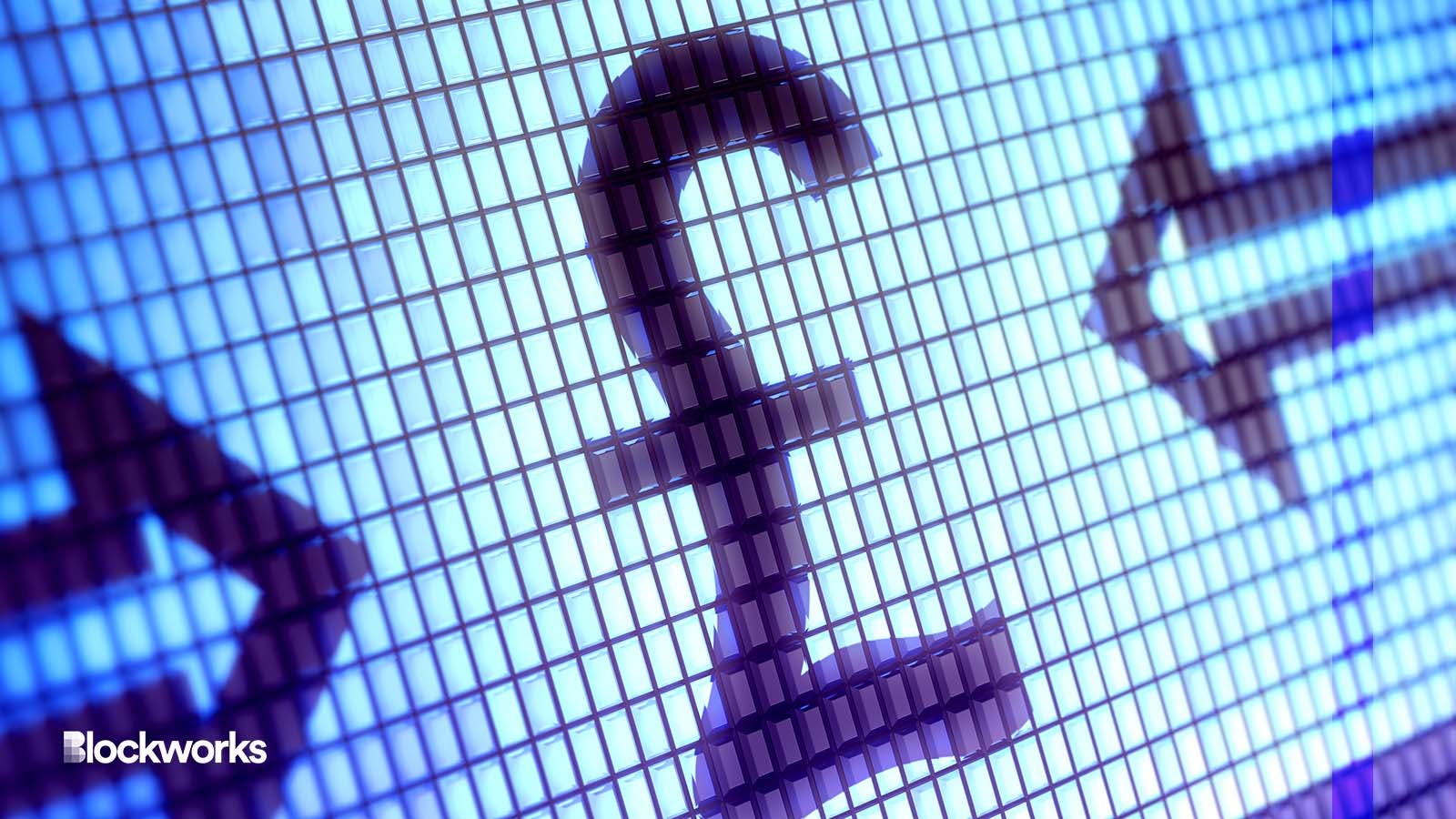The Bank of England is Looking to Build a Digital Pound
New paper considers the case for a digital pound with the help of crypto technology, but concludes it’s too early — at least for now

Pavel Ignatov/Shutterstock.com modified by Blockworks
The Bank of England, along with the United Kingdom’s Treasury, is exploring the possibility of a digital currency that would purportedly maintain monetary stability in the UK’s economy.
In a joint paper on Tuesday, the Bank of England (BoE) and the government’s HM Treasury said a digital currency is likely needed in the future — adding that it’s still too early to commit to building infrastructure that would underpin it.
Even so, an examination looking into how the currency could operate is in the works.
Jon Cunliffe, the deputy governor for financial stability for the BoE, said in a speech that the consultation and development stage could take two to three years. The results of that process would inform the decision of whether to implement a digital pound.
“The work … will reduce the lead time to launch should the decision at the end of this stage be to implement the digital pound in the UK, which could then be introduced in the second half of the decade,” Cunliffe said.
The British government will work closely on the development of a technical blueprint for the digital pound — and tap the private sector for research and development, he said.
Utilizing crypto tech
A future digital currency will not be similar to cryptoassets “such as bitcoin,” Cunliffe said in the same speech.
“The majority of cryptoassets are highly speculative assets, whose value is extremely volatile, because there is nothing behind them,” he said. “They have no intrinsic value. For that reason, they are not suitable and not used for general payment purposes.”
By contrast, he said that the digital pound would be a “safe, trusted form of money accepted for everyday transactions by households and firms, in the same way as Bank of England notes are today.”
Despite this, he does not dismiss the technology that has helped build cryptocurrencies and the role it could play in the development of the digital pound — especially with digital payment technology on the rise.
“There are already in existence new digital technologies that are being applied to the digital representation, transfer and storing of money like obligations,” he said. “Programmable money, for example, could enable the development of smart contracts which carry out specific actions based on predefined actions and conditions.”
What does the digital pound look like?
The digital pound would be designed to be used like a digital banknote for day to day payments — both in person and online — but would not replace cash outright.
Any issuance would incorporate public and private partnerships, the consultation paper said. UK’s Central Bank would provide the currency and central infrastructure, and private sector companies would look at ways to integrate it into their operations and interface — such as existing digital wallets.
“Users would interact with digital pounds by using their wallet to see their balance and instruct payments and transfers of digital pounds. It is likely most people would access the wallet via their smartphone, but there would be alternative options, such as a smart card,” the consultation paper said.
Global adoption of digital currencies
The UK is not the only country looking into adopting digital currencies.
According to the Atlantic Council’s CBDC tracker, 11 countries have already launched a digital currency, and 17 countries are already testing their own pilot version.
Notably, China’s pilot of its digital yuan, is on track to expand to the entire country this year.
Get the news in your inbox. Explore Blockworks newsletters:
- The Breakdown: Decoding crypto and the markets. Daily.
- 0xResearch: Alpha in your inbox. Think like an analyst.






